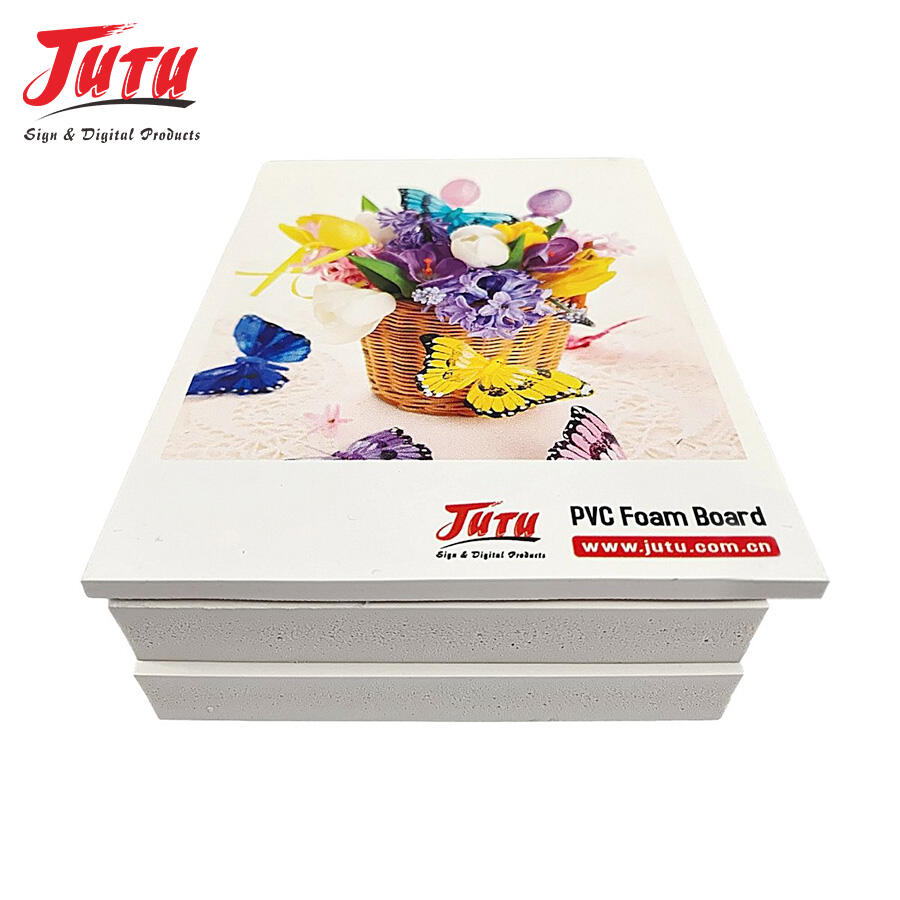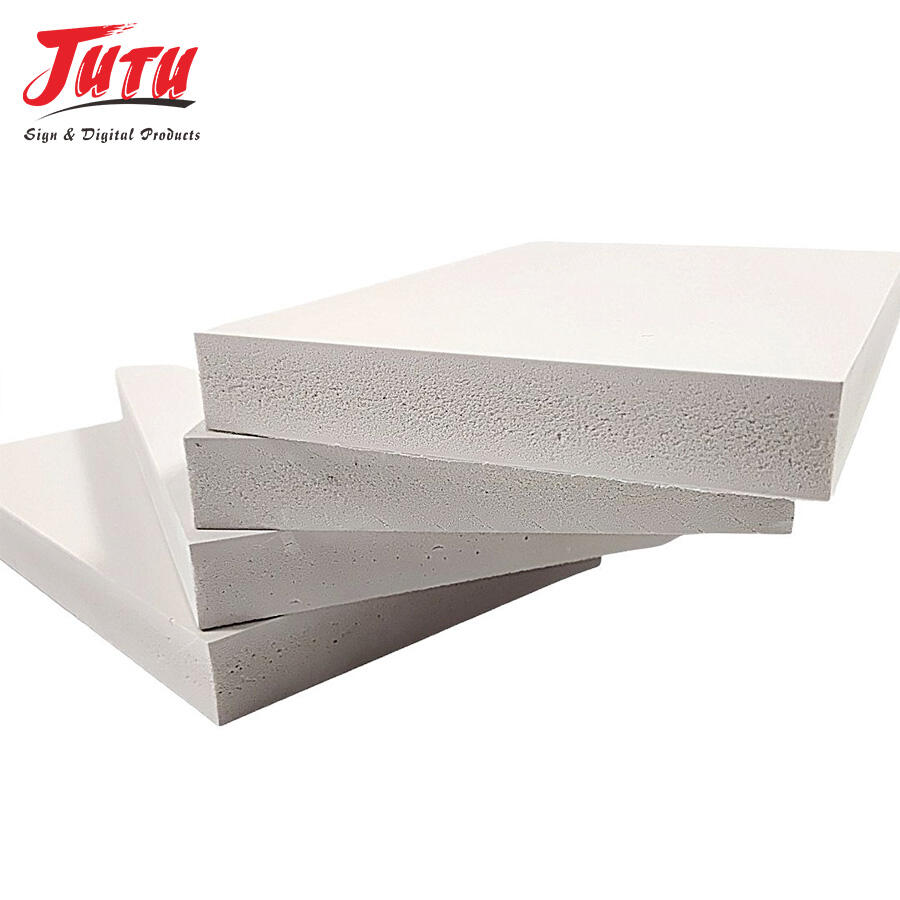Understanding PVC Foam Board Dimensions and Industry Standards
PVC foam board has become an indispensable material across numerous industries, from signage and displays to construction and interior design. Its versatility, durability, and cost-effectiveness make it a preferred choice for both commercial and creative applications. Understanding the standard sizes available for PVC foam board is crucial for project planning and efficient material utilization.
The manufacturing process of PVC foam board allows for remarkable flexibility in size options, catering to diverse project requirements. While custom dimensions are available, standardized sizes help streamline production, reduce waste, and optimize cost efficiency for both manufacturers and end-users.
Common Sheet Dimensions for Commercial Applications
Standard Imperial Measurements
In North American markets, PVC foam board typically comes in several standardized dimensions. The most common sheet sizes include 4' x 8' (48" x 96"), which mirrors traditional plywood dimensions and is ideal for construction and large-scale signage. Other frequently available sizes are 4' x 10' (48" x 120") and 5' x 10' (60" x 120"), offering extended options for larger projects.
These imperial measurements are particularly convenient for contractors and designers working on American construction projects, as they align with standard building material dimensions and common architectural specifications.
Metric Standard Sizes
For international markets and regions using the metric system, PVC foam board is commonly available in dimensions such as 1220mm x 2440mm, 1500mm x 3000mm, and 2000mm x 3000mm. These measurements provide excellent compatibility with European and Asian manufacturing standards and equipment.
The metric sizes ensure seamless integration with international project specifications and facilitate global trade in PVC foam board products. They're particularly popular in exhibition design, retail displays, and architectural applications across Europe and Asia.
Thickness Options and Applications
Light-Duty Applications
For lightweight applications such as temporary signage and display boards, PVC foam board is available in thinner variants ranging from 1mm to 3mm. These thinner sheets offer excellent printability and are easy to cut and manipulate, making them perfect for short-term promotional materials and indoor displays.
The lightweight nature of these sheets also makes them ideal for ceiling-mounted signs, temporary exhibition booths, and retail window displays where minimal structural support is required.
Medium and Heavy-Duty Uses
Medium-thickness PVC foam board, typically ranging from 5mm to 10mm, serves a wide range of applications including durable signage, cabinet making, and partition walls. These thickness options provide an optimal balance between weight and structural integrity.
For heavy-duty applications requiring maximum durability, thicker variants from 12mm to 25mm are available. These robust sheets are commonly used in construction, marine applications, and industrial equipment housing where strength and weather resistance are paramount.
Custom Size Considerations
Manufacturing Capabilities
While standard sizes meet most project requirements, manufacturers often offer custom dimensioning services. Modern production facilities can accommodate special size requests, though minimum order quantities typically apply for custom dimensions. The manufacturing process allows for sheets up to 2.5 meters in width and lengths exceeding 6 meters in some cases.
Custom sizing capabilities depend on factors such as production equipment limitations, transportation constraints, and material handling considerations. Working with experienced manufacturers ensures optimal results for specialized size requirements.
Cost Implications
Custom sizes generally involve additional processing steps and may result in higher per-unit costs compared to standard dimensions. However, for large projects, custom sizing can actually reduce waste and improve overall project efficiency by minimizing the need for cutting and joining standard sheets.
When considering custom sizes, it's essential to evaluate the total project cost, including material waste, labor for cutting and finishing, and any specialized handling requirements.

Storage and Handling Recommendations
Environmental Considerations
PVC foam board should be stored horizontally on a flat surface in a controlled environment. Temperature fluctuations can affect the dimensional stability of the material, particularly for larger sheets. Ideal storage conditions maintain temperatures between 65°F and 75°F with moderate humidity levels.
Proper acclimation of the material to installation conditions is crucial for optimal performance. Allow sheets to adjust to room temperature for at least 24 hours before installation or fabrication.
Transportation Guidelines
When transporting PVC foam board, proper support and protection are essential to prevent warping or damage. Sheets should be transported flat whenever possible, with adequate protection against moisture and physical impact. For larger sizes, specialized handling equipment may be required to ensure safe movement and placement.
Professional shipping services often use custom crating or palletizing methods to protect standard and oversized sheets during transit, ensuring they arrive in perfect condition for immediate use.
Frequently Asked Questions
What is the largest standard size available for PVC foam board?
The largest standard size commonly available is 2000mm x 3000mm (approximately 6.5' x 10'), though some manufacturers can produce custom sheets up to 2.5m wide and 6m long for special orders.
How do I choose the right thickness for my project?
Select thickness based on your application requirements. Use 1-3mm for temporary displays and signage, 5-10mm for medium-duty applications like durable signs and partitions, and 12-25mm for heavy-duty structural uses.
Can PVC foam board be cut to custom sizes after purchase?
Yes, PVC foam board can be easily cut to custom sizes using various tools including table saws, handheld power tools, or CNC equipment. Professional fabricators can provide precise cutting services for complex requirements.
What are the minimum order quantities for custom sizes?
Minimum order quantities for custom sizes vary by manufacturer but typically range from 50 to 100 sheets. Standard sizes are usually available in smaller quantities, even single sheets in many cases.

